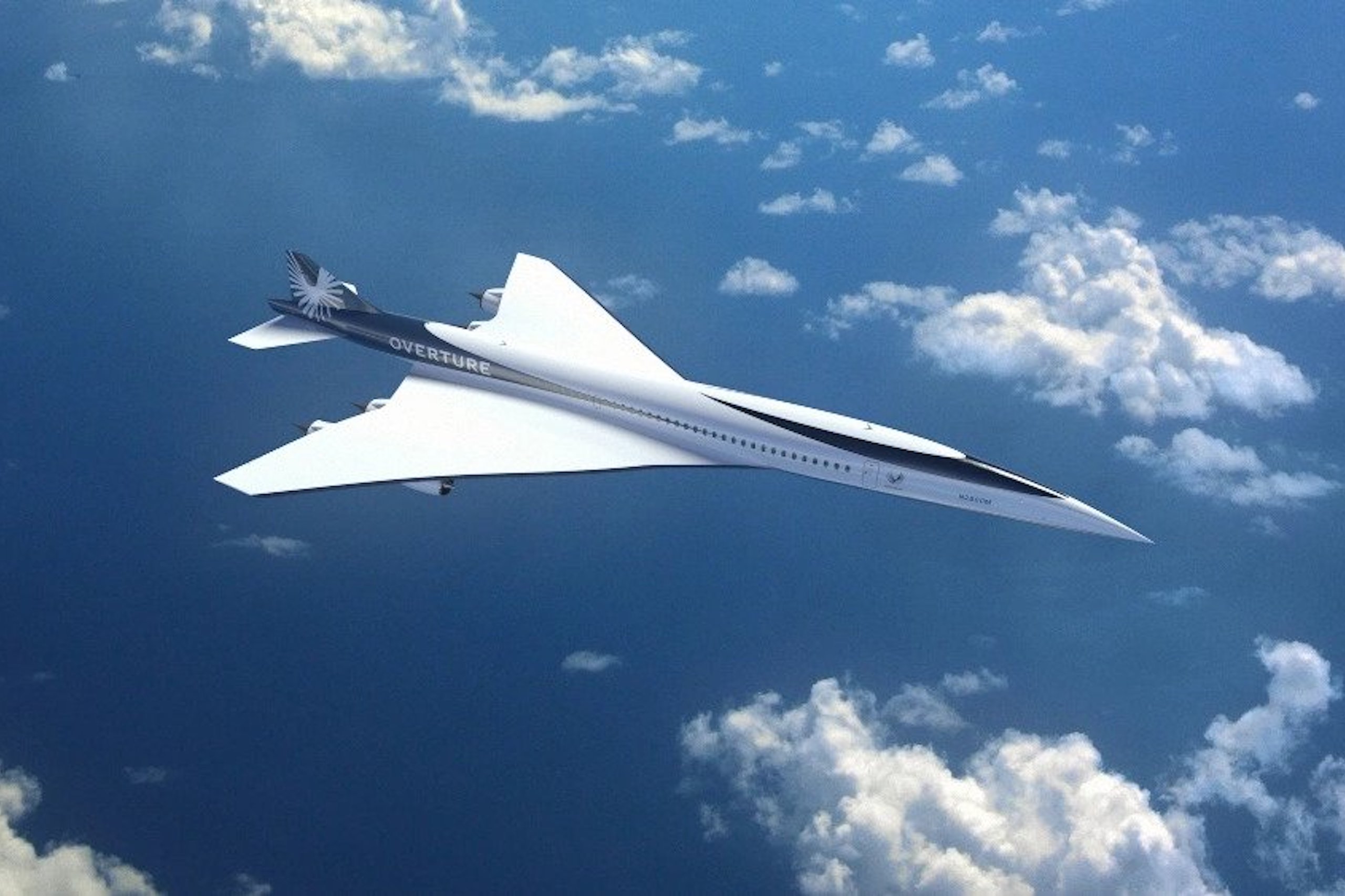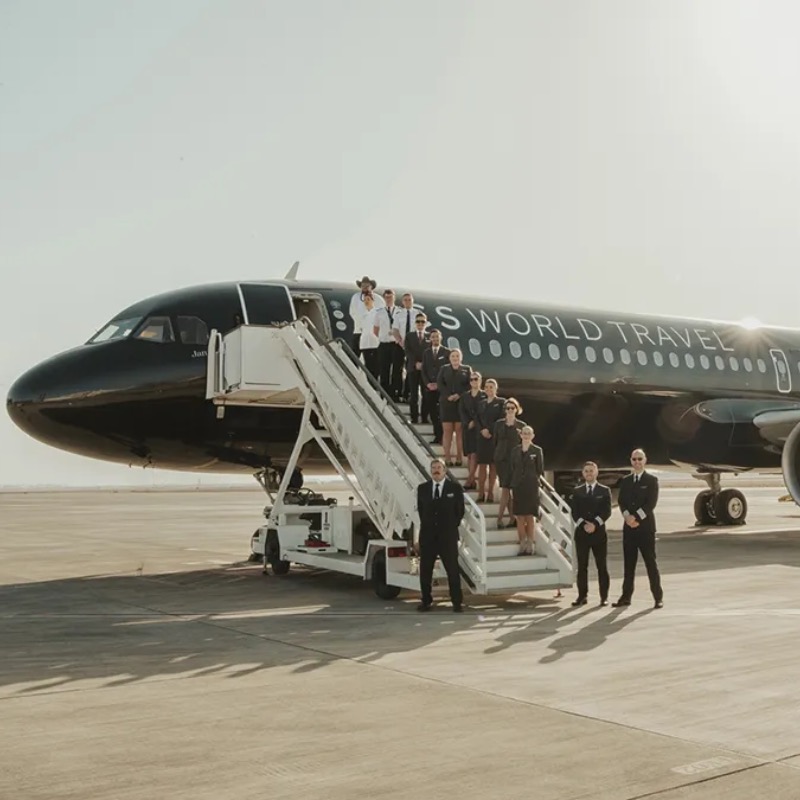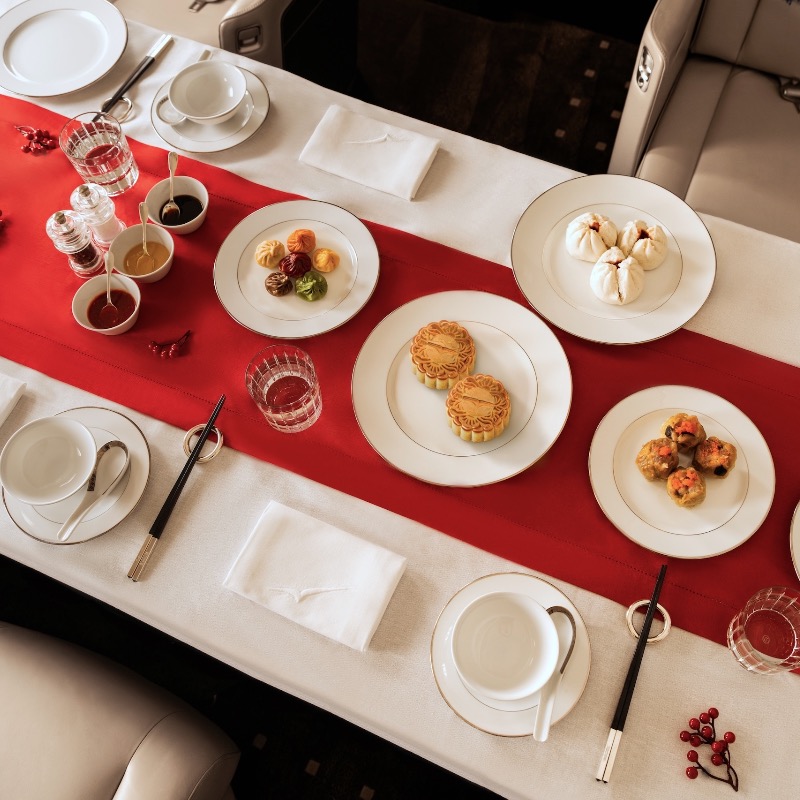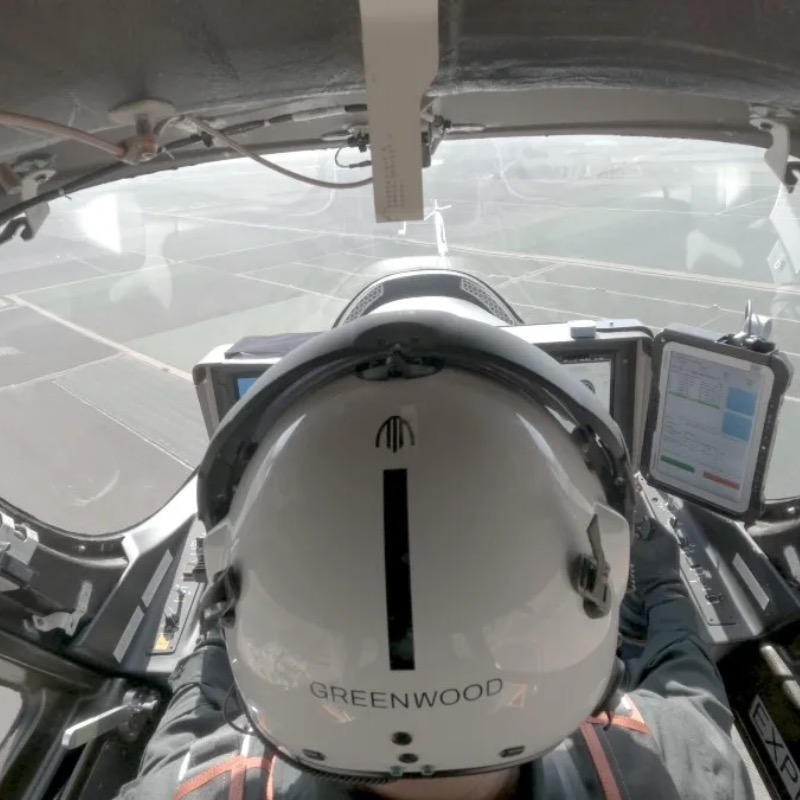Boom Supersonic has always said that its Overture, designed to carry from 65 to 80 passengers, will travel at Mach 1.7, or about 1,300 miles per hour, at 60,000 feet. At those speeds, it will be able to fly from London to New York in three and a half hours, nearly cutting flight time in half. A number of aerospace analysts believe, for multiple reasons, the Overture concept will never become a real jet.
But last week Boom pushed back against the naysayers, announcing partnerships with tier-1 suppliers at the Paris Air Show. Last December, the Colorado-based firm said it had partnered with Florida Turbine Technologies (FTT) to design, build, and test its Symphony engines in Jupiter, Fla. Boom has also broken ground on a production facility in Greensboro, N.C., that it says will be capable of building 33 aircraft each year.
In Paris, Boom CEO Blake Scholl debuted the engine architecture specs for Symphony, including a 3-D-printed, 1/3-scale design model. Shelton said the engine is designed to deliver 25 percent extended time on the wing and 10 percent operating-cost savings to its airline customers. The Symphony architecture includes a two-spool, medium-bypass turbofan engine with no afterburner. It generates 35,000 pounds of thrust.
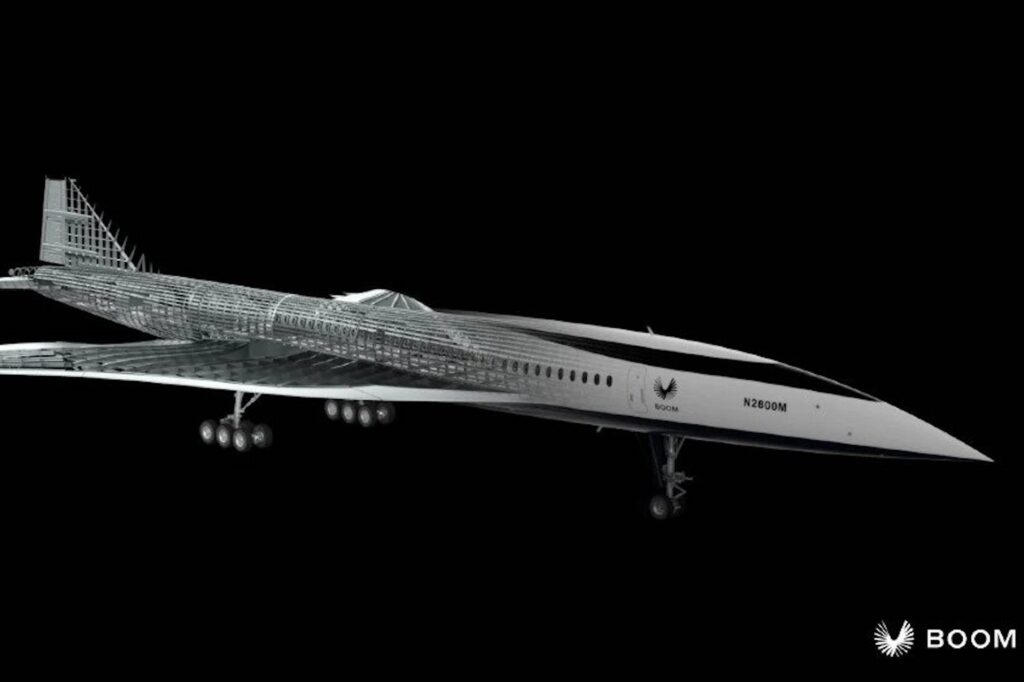
Overture will also run on sustainable aviation fuel (SAF) to cut its carbon emissions by up to 90 percent. It has signed a supply agreement with Air Company and Dimensional Energy for 10 million gallons per year. SAF is currently in short supply but could become more common as demand is expected to force a ramp up sources and available supply.
United, American, and Japan Airlines have ordered a total of 130 aircraft, though the Overture is not expected to fly commercially until the end of the decade. First flight tests could take place in 2027, according to the company.
The Symphony announcement was met with skepticism by aerospace analysts, partly because multiple engine manufacturers capable of building a supersonic engine had opted not to partner with Boom.

But in Paris, the quality of Boom’s new partners was designed to provide credibility and a rough timeline for a finished aircraft. Spain-based Aernnova will design and supply its wings. Scholl said Overture’s gull wings will be shaped for both supersonic and subsonic flight modes. They will be thinner than conventional aircraft wings to travel more efficiently at higher speeds.
Italian aerospace giant Leonardo will design and build the fuselage structural components and wing box. One of the most famous names in aviation, the company has extensive experience in composite airframes. Meanwhile, Aciturri—also based in Spain—will design and develop Overture’s empennage, or tail structure. Like the other components, this will be specialized, with a differentiated horizontal stabilizer for greater control at subsonic speeds.
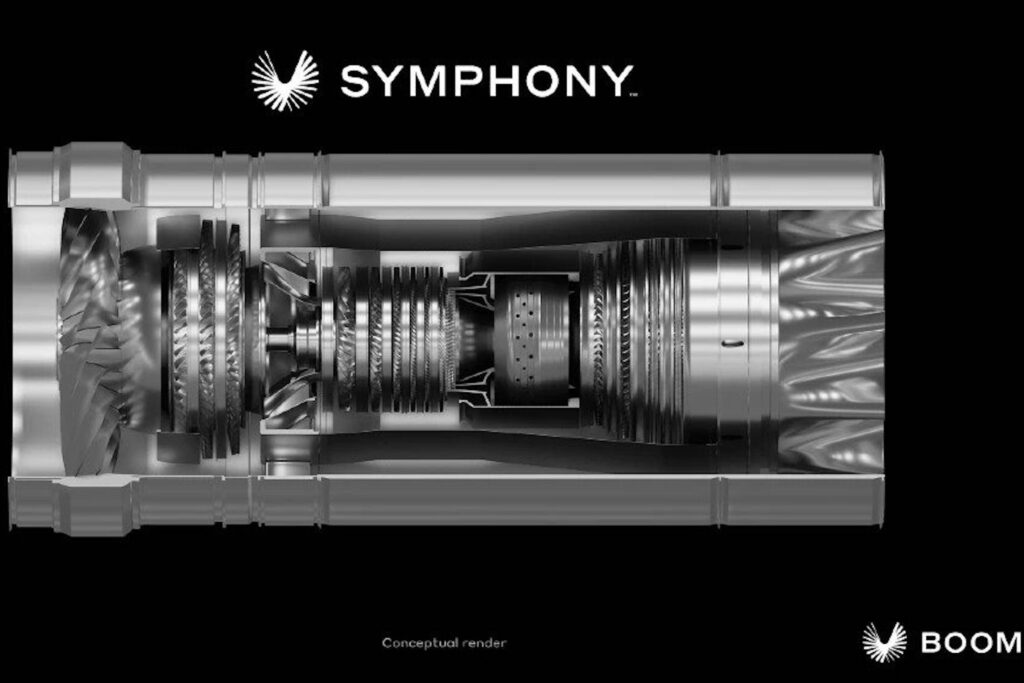
Courtesy Boom Supersonic
At the press conference, Boom also showed off key systems configurations for Overture, including avionics, flight controls, hydraulics, fuel systems, and landing gear, as more tangible pieces of the jigsaw puzzle. Scholl said the landing gear, for instance, was designed for takeoff and landing on over 600 routes around the world.
Boom’s goal is to make supersonic travel mainstream rather than exclusive. “The first Overture flights are going to be special,” Scholl told the Telegraph. “But as I look down the road, the thing that excites me most is when supersonic flight becomes normal.”
With the Paris partnership announcements, Boom showed how the Overture theory could become a proof of concept. Now comes the hard part: actually designing and building a working supersonic jet.





